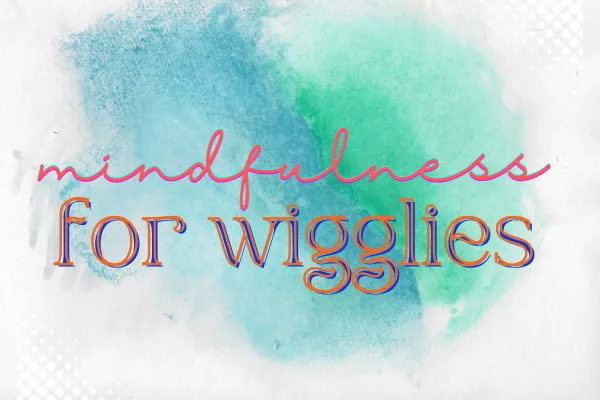
Embracing Mindfulness When Sitting Still Feels Impossible
Mindfulness and meditation are often depicted as practices that require sitting still for long periods, which can be daunting for many neurodivergent individuals. If the thought of sitting still makes you restless, know that you're not alone, and there are alternative ways to engage in mindfulness that honor your need for movement and sensory input. I am notorious for wiggling in my seat and not staying still. If any of my therapy clients are reading this post, they know all about how much I wiggle (sorry for the distraction!!).
Here are some strategies to help you begin your mindfulness journey:
1. Walking Meditation
Walking meditation combines movement with mindfulness. Find a quiet space where you can walk back and forth or in a circle. Focus on the sensation of your feet touching the ground, the rhythm of your steps, and the movement of your body. Pay attention to your surroundings, the sounds you hear, and the sights you see. This practice helps you stay present while allowing your body to move.
2. Mindful Stretching or Yoga
Gentle stretching or yoga can be a fantastic way to practice mindfulness. Focus on your breath and the sensations in your body as you move through different poses. Yoga, in particular, combines physical movement with mindful awareness, helping you to connect with your body and calm your mind.
3. Mindful Breathing
Mindful breathing is a simple yet powerful technique that doesn't require you to sit still. You can practice mindful breathing while lying down, standing, or even walking. Pay attention to the rhythm of your breath, the sensation of the air entering and leaving your lungs, and the rise and fall of your chest or belly. Counting your breaths can also help maintain focus.
4. Engage in a Sensory Activity
Engaging in a sensory activity can be a great way to practice mindfulness. Activities like coloring, drawing, knitting, or even washing dishes can become mindful practices if you focus on the sensory experiences involved. Notice the colors, textures, and movements, and bring your full attention to the task at hand.
5. Mindful Listening
Listening to calming music or sounds from nature can be a form of mindfulness practice. Find a comfortable position, close your eyes, and immerse yourself in the sounds. Pay attention to the different layers of sound, the instruments, or the rhythm of the music. Allow the sounds to anchor you in the present moment.
6. Guided Meditations
Guided meditations can be particularly helpful if you struggle to focus. There are many apps and online resources that offer guided meditations specifically designed for neurodivergent individuals. These guided sessions can provide structure and help keep your mind engaged.
7. Practice Self-Compassion
It's essential to be kind and patient with yourself as you explore mindfulness. Understand that it's okay if your mind wanders or if you feel restless. The goal of mindfulness is not to achieve perfect stillness but to bring awareness to the present moment without judgment. Celebrate your efforts and progress, no matter how small they may seem.
8. Find a Mindfulness Buddy
Practicing mindfulness with a friend or a support group can provide motivation and accountability. Share your experiences, challenges, and successes with each other. Co-regulation through shared mindfulness practices can be a powerful way to build connections and support each other’s journey.
Conclusion
Starting a mindfulness practice when sitting still feels impossible may require some creativity and flexibility, but it is entirely possible. By incorporating movement, sensory activities, and guided practices, you can find ways to engage in mindfulness that feel comfortable and natural for you. Remember, the key is to find what works best for you and to approach your practice with compassion and an open mind. Consider just trying to practice your mindfulness for 2 minutes to begin and then increase the time each session. This is an excellent way to build up your practice for a steady mindfulness or medication skill.
